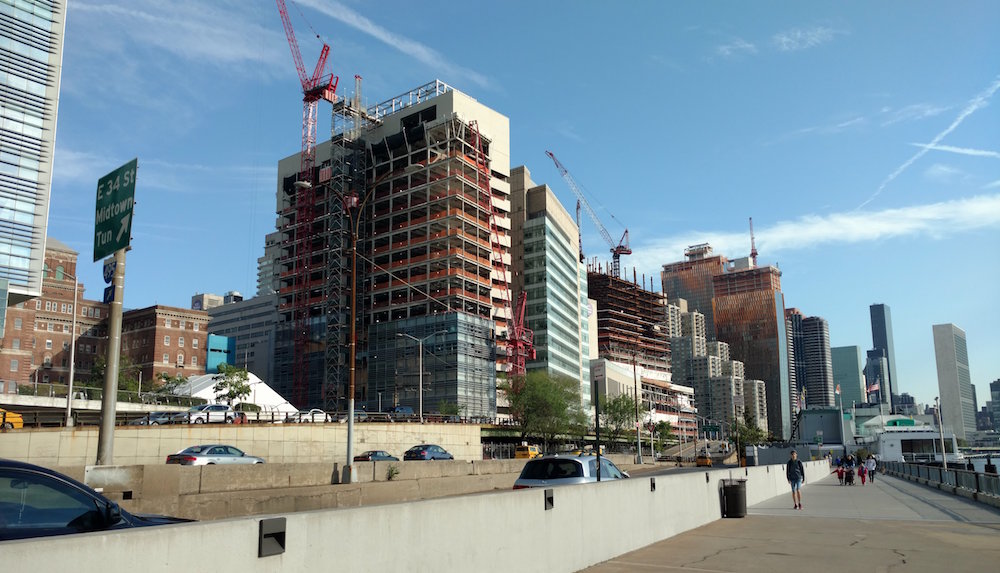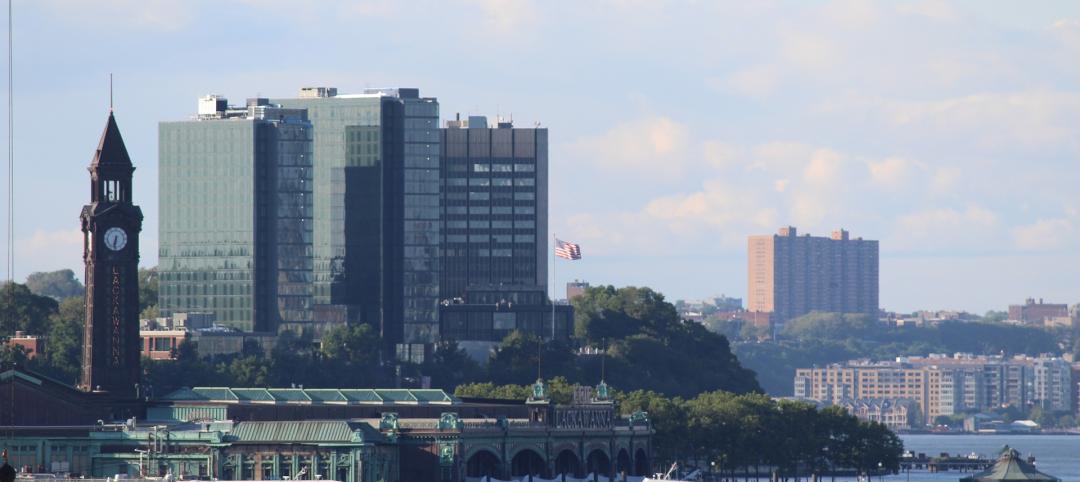The American Institute of Architects (AIA), National Institute of Building Sciences (NIBS) and 38 other leaders of America’s design and construction industry, released a report this week on progress made on the resilience front since the Resilience Building Coalition announced the Building Industry Statement on Resilience two years ago.
The Resilience Building Coalition also released a set of guiding principles to help the building industry adopt resilient design and policies. These include developing and advocating for codes and policies that advance resilience; developing “whole-systems resilient design” approaches for the built environment; and providing guidance, beyond the baseline life-safety codes, that recognizes the importance of fortifying property for individual and community resilience. Since the initial signing, the Coalition has added 19 new signatories, listed below.
The report includes results from a survey of signatories about how their work has been impacted by the Building Industry Statement on Resilience. Among the survey’s major findings:
- A majority of signatories report that they have “become more aware of their unique role in achieving resilience” since committing to the statement, which has clearly catalyzed the integration of resilience goals into existing organizational frameworks.
- Almost 30% of respondents have seen an increase in resilience as a priority within their organizations.
- More than two-thirds of respondents listed high-performance buildings as an initiative they were most interested in advancing.
- More than half of the responding signatories have used the Statement to “advance their organizational mission statement/values,” as well as “provide support and/or validation for moving forward on organization initiatives.” This shift in organizational priorities has led to concrete action.
- Respondents reported more than 40 initiatives they have begun that support the resilience focus areas committed to in the Statement.
The report is an outgrowth of a landmark agreement made in May 2014, in which leaders of America’s design and construction industry agreed to promote resilience in contemporary planning, building materials, design, construction and operational techniques as the solution for making the nation’s aging infrastructure more safe and secure.
“Resilient design places architects at the center of the solution, with particular emphasis on the private, non-governmental sectors," said American Institute of Architects CEO Robert Ivy, FAIA. “I would like to congratulate my fellow leaders in the design and construction sector for joining together to make sure resiliency is not viewed as just a fad but remains front and center in our efforts moving forward.”
The list of organizations that have signed the joint statement on resilience is as follows (new organizations are marked with an asterisk):
- The Air Barrier Association of America*
- American Council of Engineering Companies
- American Institute of Architects
- American Planning Association
- American Society of Civil Engineers
- American Society of Interior Designers
- American Society of Landscape Architects
- American Society of Plumbing Engineers
- American Wood Council*
- ASHRAE
- Associated Builders and Contractors
- Associated General Contractors of America
- BuildStrong Coalition*
- Building Owners and Managers Association
- Congress for New Urbanism*
- Concrete Reinforcing Steel Institute*
- Construction Specifications Institute*
- EcoDistricts*
- Federal Alliance for Safe Homes*
- Green Building Initiative*
- Illuminating Engineering Society*
- Insurance Institute for Business & Home Safety*
- International Association of Plumbing and Mechanical Officials*
- International Code Council
- International Facility Management Association
- International Interior Design Association
- Lean Construction Institute
- National Association of Home Builders
- National Association of Mutual Insurance Companies*
- National Concrete Masonry Association*
- National Fire Protection Association*
- National Institute of Building Sciences
- National Insulation Association*
- National Ready Mixed Concrete Association*
- National Society of Professional Engineers
- Portland Cement Association*
- Royal Institution of Chartered Surveyors
- US Green Building Council
- U.S. Resiliency Council*
- Urban Land Institute
Related Stories
Codes and Standards | Apr 8, 2024
Boston’s plans to hold back rising seawater stall amid real estate slowdown
Boston has placed significant aspects of its plan to protect the city from rising sea levels on the actions of private developers. Amid a post-Covid commercial development slump, though, efforts to build protective infrastructure have stalled.
Codes and Standards | Mar 18, 2024
New urban stormwater policies treat rainwater as a resource
U.S. cities are revamping how they handle stormwater to reduce flooding and capture rainfall and recharge aquifers. New policies reflect a change in mindset from treating stormwater as a nuisance to be quickly diverted away to capturing it as a resource.
Building Tech | Feb 20, 2024
Construction method featuring LEGO-like bricks wins global innovation award
A new construction method featuring LEGO-like bricks made from a renewable composite material took first place for building innovations at the 2024 JEC Composites Innovation Awards in Paris, France.
Sponsored | BD+C University Course | Jan 17, 2024
Waterproofing deep foundations for new construction
This continuing education course, by Walter P Moore's Amos Chan, P.E., BECxP, CxA+BE, covers design considerations for below-grade waterproofing for new construction, the types of below-grade systems available, and specific concerns associated with waterproofing deep foundations.
Concrete | Jan 12, 2024
Sustainable concrete reduces carbon emissions by at least 30%
Designed by Holcim, a building materials supplier, ECOPact offers a sustainable concrete alternative that not only meets, but exceeds the properties of standard concrete.
Roofing | Jan 8, 2024
Researchers devise adaptive roof tile concept that adjusts to ambient temperatures
Scientists at the University of California Santa Barbara published a paper that proposes adaptive roof tile technology that can adjust to ambient temperatures. Using a wax motor, tiles could switch from a heating or cooling state enabling savings on heating and cooling costs.
Resiliency | Jan 2, 2024
Americans are migrating from areas of high flood risk
Americans are abandoning areas of high flood risk in significant numbers, according to research by the First Street Foundation. Climate Abandonment Areas account for more than 818,000 Census Blocks and lost a total of 3.2 million-plus residents due to flooding from 2000 to 2020, the study found.
Sustainability | Jan 2, 2024
Los Angeles has plan to improve stormwater capture and source 80% of water locally
Los Angeles County’s Board of Supervisors voted for a plan to improve stormwater capture with a goal of capturing it for local reuse. The plan aims to increase the local water supply by 580,000 acre-feet per year by 2045.
75 Top Building Products | Dec 13, 2023
75 top building products for 2023
From a bladeless rooftop wind energy system, to a troffer light fixture with built-in continuous visible light disinfection, innovation is plentiful in Building Design+Construction's annual 75 Top Products report.
Codes and Standards | Nov 27, 2023
Hoboken, N.J.’s street design policies are saving lives
Transportation policies enacted in Hoboken, N.J. over the past several years are paying off in the form of fewer pedestrian deaths and injuries. The city has adopted daylighting, bike lanes, lower speed limits, and intersection redesigns to make its roads safer.
















